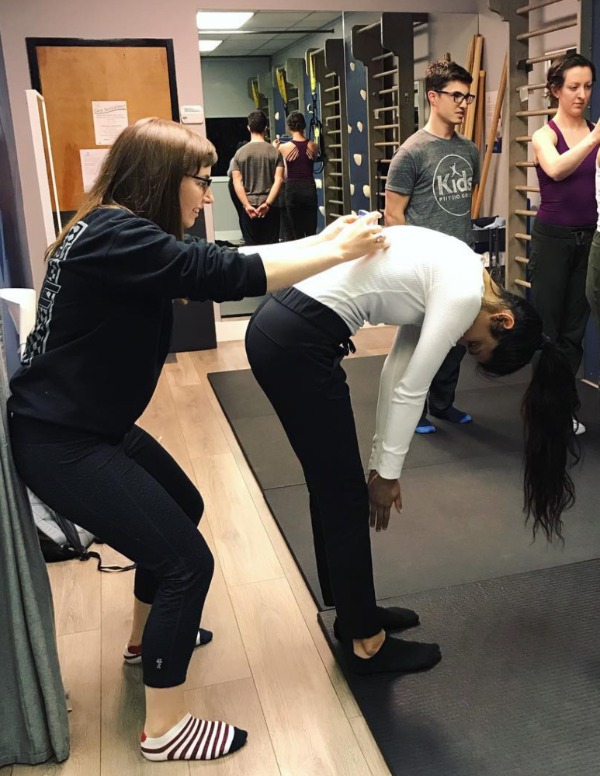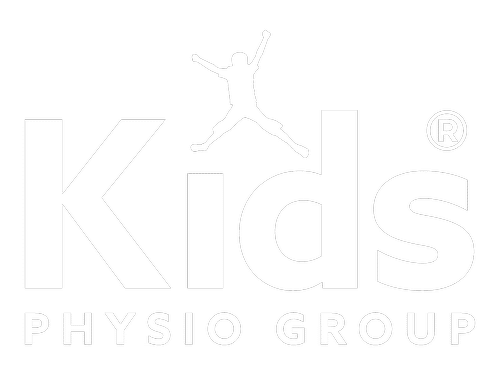Scoliosis

Scoliosis refers to a curvature of the spine that measures greater than 10 degrees. There are three different categories of scoliosis:
- Congenital: refers to a spinal abnormality caused by abnormally formed vertebrae.
- Syndromic: refers to a spinal curvature associated with another condition that affects the neurological system, skeletal system, connective tissue within the body, or other major medical conditions.
- Idiopathic: has no known cause and itself can be broken into three categories based on the age of onset and diagnosis. The most common form of scoliosis is adolescent idiopathic scoliosis which affects youth above the age of 10.
Scoliosis Screening
Screening for scoliosis includes a physical examination to assess the alignment of your child’s spine. Additionally, an assessment of your child’s pelvis and leg length is included in a scoliosis screen to help determine if your child does in fact have a spinal curvature. If it is suspected that the spine is curved, an x-ray may be ordered by the child’s family physician in order to determine the degree of the curvature to provide the best available treatment for their specific curvature.

Treatment Options
Depending on the severity of the scoliosis, a variety of treatment options may be recommended by a physician or surgeon.
- Observation is the most common treatment in the management plan for mild scoliosis. With this approach, children would visit a specialist periodically to check for curve progression and monitor the child’s development.
- Bracing is sometimes considered for individuals with greater scoliosis to promote alignment of the spine through growth and maturation.
- Surgery is considered for individuals with severe scoliosis or significant scoliosis that is likely to progress to correct the curve and promote a straight spine rather than a “C” or “S” shape.
Physiotherapy can help supplement all of these treatment options!
How Physiotherapy Can Help
Physiotherapy can be an important component of care of children with scoliosis and may include:
- Postural work to prevent the child from “sitting into their curve”
- Spine strengthening to encourage symmetrical growth and maintain excellent posture
- Pain management
- Muscle imbalances
- Other orthopedics injuries that may occur due to asymmetry related to scoliosis
- Pre + post-operative strengthening
BOOK YOUR INITIAL ASSESSEMENT TODAY
Take the next step and make your child’s health a priority!
